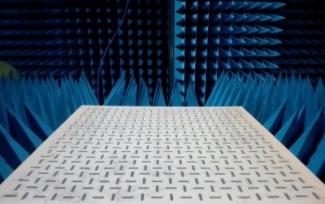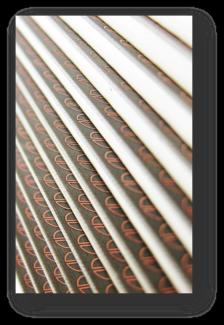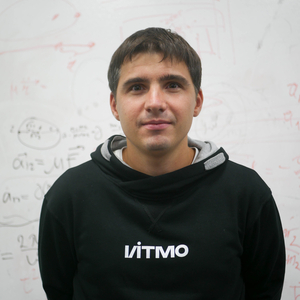Microwave metasurfaces



Over the past decade, research on electromagnetic metasurfaces has quickly flourished and brought many applications from microwaves to optics. In general, metasurfaces are conceived as two-dimensional (2D) arrays of electromagnetic scatterers whose size and separation are much smaller than the operational wavelength. They can be approximated as a combination of smooth electric and magnetic surface-current densities representing the averaged responses of discrete unit cells with respect to an incident wave. Properties of a specific metasurface come from its unit-cell microstructure, which determines both the induced surface currents and, as a result, the scattered field. By properly designing the unit cell, many functionalities have been proposed for metasurfaces over the last years, ranging from frequency selective surface to dynamically tunable and reflectionless phase holograms.
In our department, we inverstigate electromagnetic properties of electromagnetic metasurfaces in the microwave range using equipment of our anechoic chamber. Our investigation includes measurements of near- and far-fields, reflection and transmission coefficients over frequency range from 1 MHz to 20 GHz. We studied metasurfaces for polarization conversion, routing of surface waves, Huygens’ surfaces, perfect absorbers, frequency-selective surfaces etc.
Staff
















